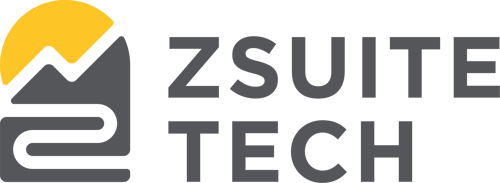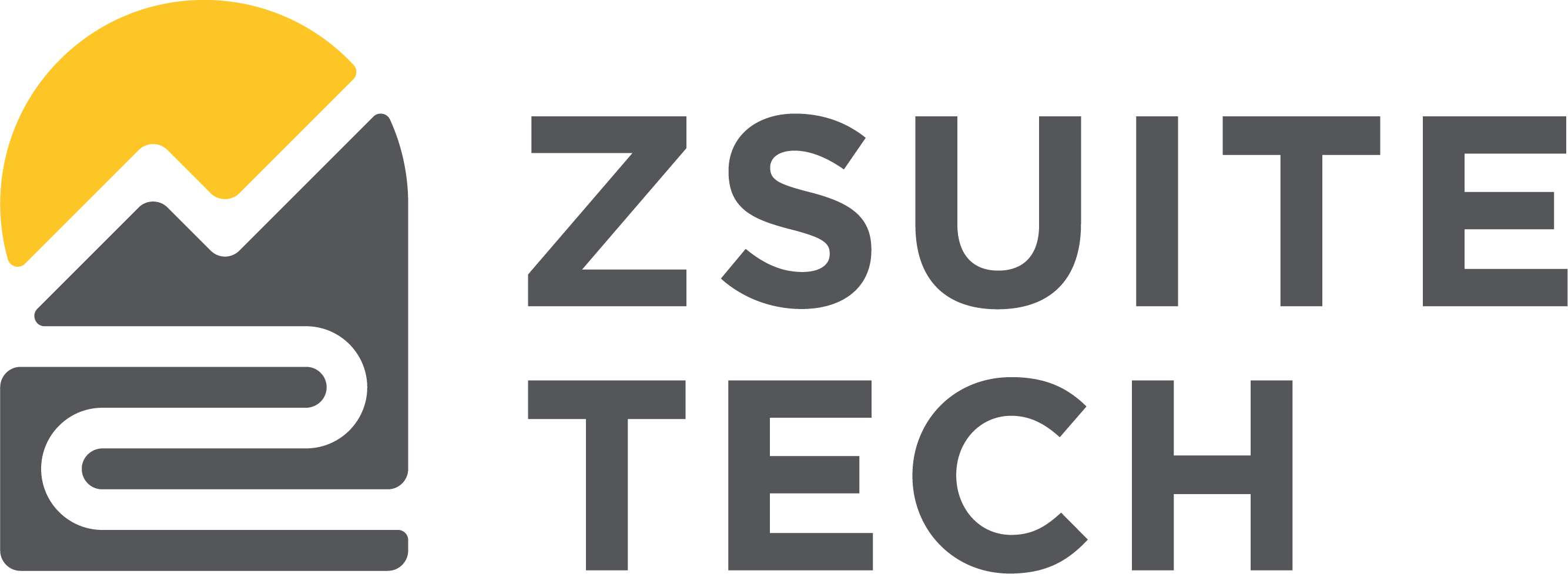Turning 1031 Exchanges into Strategic Growth
by ZSuite Tech on Jun 13, 2025 10:51:32 AM
.png?width=2240&height=1260&name=blog%20(1).png)
Read our blog on What is a 1031 Exchange? for a full breakdown of the history, rules, and players involved.
In 2025, the banking landscape is shaped by two significant challenges: ongoing pressure on profit margins and intense competition for affordable deposits. For financial institutions that are prepared to thrive rather than merely survive, 1031 exchanges offer a valuable opportunity that often goes unnoticed.
A Recap: Why 1031s Still Matter
Despite changes in the tax code, 1031 exchanges remain crucial for commercial real estate investors. The principle is simple: sell a property, defer capital gains taxes by purchasing a similar property, and reinvest the funds instead of paying the IRS.
A successful exchange requires careful coordination among a Qualified Intermediary (QI), a bank, and the taxpayer. The rules are strict, the timeline is fixed, and the stakes can be high.
While investors benefit from tax deferral, QIs and financial institutions are motivated by their own incentives, such as fees and building long-term relationships. This adds an intriguing layer to the process.
Why 1031s Are Strategic Gold for Banks
1031 exchange deposits are significant, interest-bearing, and complex to manage due to compliance requirements and coordination with Qualified Intermediaries (QIs).
Despite the challenges, these exchanges offer valuable opportunities. They attract large deposits that can strengthen balance sheets and improve commercial relationships. Fee arrangements between QIs and banks can generate substantial revenue. However, without the right systems, these potential benefits can turn into risks due to outdated processes and fragmented tools.
Enter ZEscrow: A Platform Purpose-Built for Complex, Regulated Escrow
ZEscrow offers financial institutions a reliable infrastructure for managing 1031 exchanges with control, transparency, and efficiency. It simplifies regulated escrow processes, enabling your team to boost transaction volume while reducing operational risks.
Here’s how ZEscrow closes the gap between compliance risk and operational ease:
Simplifying Segregated Subaccounts
Easily manage individual subaccounts for each transaction, allowing you and your Qualified Intermediaries (QIs) to maintain clear audit trails and prove fund segregation without opening multiple accounts.
Interest Configuration by Subaccount
Set interest allocation at the subaccount level while opening accounts.
Controlled Disbursement Logic
ZEscrow facilitates reliable movement of funds between subaccounts and parties, helping with reliable and efficient wire transfers.
Real-Time Transparency
ZEscrow's tools enable precise tracking of funds and interest accruals, ensuring transparency throughout the exchange process.
Cost-Effective Implementation
ZEscrow offers quick setup with minimal IT effort, enabling faster results without disrupting existing processes.
The Real Risk? Doing Nothing
In 2025, banks face heightened scrutiny in real estate lending, with increased regulatory focus on deposit stability and ongoing interest margin pressures. Institutions relying on outdated escrow processes risk widening the gap between risk and reward.
Qualified Intermediaries (QIs) seek banking partners that provide competitive rates, advanced digital tools, and a deep understanding of their operational needs. By fulfilling these expectations, banks can turn 1031 exchanges from a compliance task into a key driver of growth.
- Press (53)
- Commercial banking (14)
- Deposits (12)
- Partnerships (12)
- 1031 Exchanges (9)
- Bank tech (8)
- Specialty Deposits (8)
- ZEscrow (8)
- ZValues (6)
- Property Management (5)
- Law Firms (3)
- Liquidity Management (3)
- Municipalities (3)
- VAM (3)
- Working smart (3)
- Podcast (2)
- Webinar (2)
- Builder, Banker, Hacker, Chief (1)
- FDIC Insurance (1)
- November 2025 (1)
- September 2025 (1)
- August 2025 (4)
- July 2025 (1)
- June 2025 (2)
- May 2025 (1)
- March 2025 (1)
- February 2025 (1)
- January 2025 (1)
- December 2024 (1)
- November 2024 (1)
- October 2024 (3)
- September 2024 (2)
- August 2024 (3)
- July 2024 (2)
- June 2024 (3)
- May 2024 (6)
- April 2024 (2)
- March 2024 (5)
- February 2024 (1)
- January 2024 (2)
- December 2023 (1)
- November 2023 (3)
- October 2023 (1)
- September 2023 (1)
- August 2023 (3)
- June 2023 (3)
- May 2023 (1)
- March 2023 (6)
- February 2023 (4)
- January 2023 (4)
- December 2022 (2)
- November 2022 (6)
- October 2022 (1)
- September 2022 (1)
- August 2022 (3)
- June 2022 (1)
- May 2022 (1)
- April 2022 (5)
- March 2022 (3)
- December 2021 (2)
- September 2021 (3)
- July 2021 (2)
- June 2021 (1)
- May 2021 (1)
- April 2021 (4)
- March 2021 (3)
- February 2021 (4)
- January 2021 (2)


